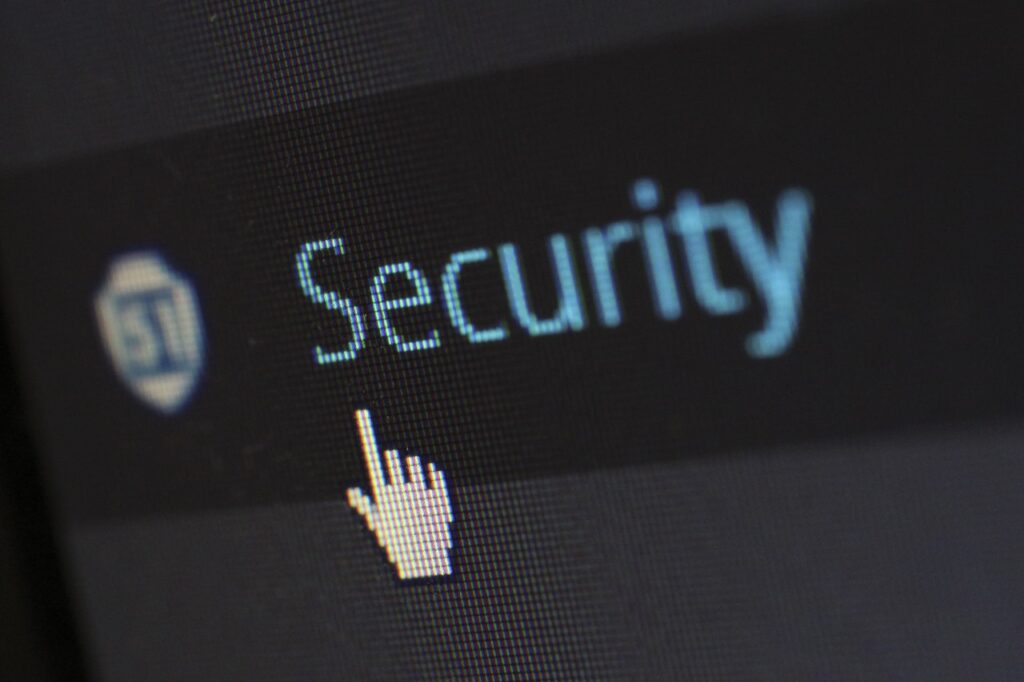The Future of Cybersecurity: Top 7 Trends for 2021
The COVID-19 pandemic forced organizations to make tough decisions, re-strategize, and adapt to changes on a large scale. It also forced many to move their processes and workflow online.
With people and businesses becoming digital-first, the future of cybersecurity will not be the same. Here are seven cybersecurity trends we expect to see in 2021.
An Increase in Cybercrime
The FBI reported that the number of cybercrimes has more than tripled since the start of the pandemic.
The increase is due to several factors, with the rollout of 5G being of one them. Cybercriminals are taking advantage of new technologies when committing crimes and have thus also jumped on the 5G train. The ease of data transfer allows them to execute their criminal actions more efficiently.
Additionally, internet users worldwide increased by almost 10% from 4.39 billion to 4.6 billion active users in 2020. It puts much more vulnerable data on the internet for cybercriminals to exploit. Thus, you can expect an increase in data breaches as well.
This should, however, not discourage organizations from embracing these new technologies. Instead, steps to amplify data and privacy protection should hasten.
Unification of Security Solutions due to Budget Cuts
The economic downturn that occurred as a result of the pandemic didn’t leave the IT industry untouched. Budget cuts led to a decrease in spending on the sector, which reduced by about 10% in 2020.
To make do with what’s available, CSOs will have to integrate different security solutions unto one central platform. This will boost efficiency and simplicity that will be otherwise impossible to achieve using separate products.
Example of security solutions that can be merged is a threat detection and defence platforms. Choosing to converge will shrink costs of operation as well as mitigate the task of management on IT teams.
Prioritization of Data Privacy and Cyber Insurance

As cybercrime increases, a corresponding prioritization of data privacy and insurance should follow. Ignoring privacy concerns and failing to see cyber insurance is detrimental to organisations and businesses.
Proper encryption of data is a must. Customers’ data protection is at all costs. If users choose not to share their data with any third-party, their decision must be respected.
Early announcement of data breaches is also a must now. This allows individuals to take necessary steps to protect themselves from further damage like phishing attempts and so on.
Typically, customers sue organizations for data breaches and the payout is usually high. Therefore, having a cyber insurance policy will help alleviate the burden of financial costs from these payouts.
An Increase in Cloud Breaches
While some businesses already had plans to shift some of their activities to the cloud, the pandemic hurried the plans up and the move was completed within months.
While this is not necessarily bad, the hurry has led to unavoidable gaps in security and misconfigurations that can be exploited by black hat hackers.
Without stricter security measures, an increase in cloud breaches shouldn’t come as a surprise.
Organizations should be prepared to combat this with Cloud Security Posture Management (CSPM). CSPM manages cloud security by running thorough security assessments and closely monitoring compliance on the cloud. This helps in swiftly identifying risks and automatically remedying them in some cases.
Remote Workers Will be Targeted by Cybercriminals

The number of remote workers increased drastically in 2020. Remote work, though convenient, creates a gap in the organization’s security.
Employees and IT technicians that can detect and stop cyberattacks are no longer under the same roof. So a glitch in the system may go unnoticed until after a cybercriminal has exploited it.
Working at home also involves using networks that may not be very secure. This creates a suitable environment for criminals to steal sensitive information. Besides this, remote workers are also more susceptible to smishing, fishing, and other social engineering tactics.
Acceleration in the Growth and Adoption of AI in Cybersecurity
The future of cybersecurity needs Artificial Intelligence for effectiveness.
Implementation has started in healthcare, especially during the pandemic. It was used to reduce human contact between patients of Covid-19 and caregivers. Other industries like manufacturing, agriculture, fashion retail, marketing use it already. 2021 will see more growth and adoption of AI in cybersecurity.
We expect to see the use of machine learning to make critical decisions in security as well as enhanced AI solutions for cybersecurity. Criminals will also make use of AI in their activities. Hence, preparations to anticipate and respond accordingly to such attacks must be made.
Rise in Insider Attacks
More employees are getting involved in data breaches. A report estimated that over 34% of data breaches in 2020 arose from internal actors.
It’s trickier now that most workers may not be in the same office building where there is close monitoring.
Remote workers are scattered across the world. Some of these workers could coordinate with cybercriminals.










